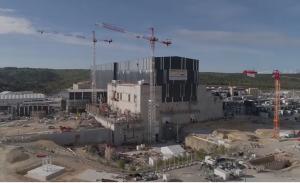What’s New
15 June 2021
ITER news digest for the period of 7 June 2021 to 15 June 2021.

"Super-H Mode" shows growing promise at DIII-D
ITER by Drone - May 2021



Désolé, cette page n'existe pas en français.

